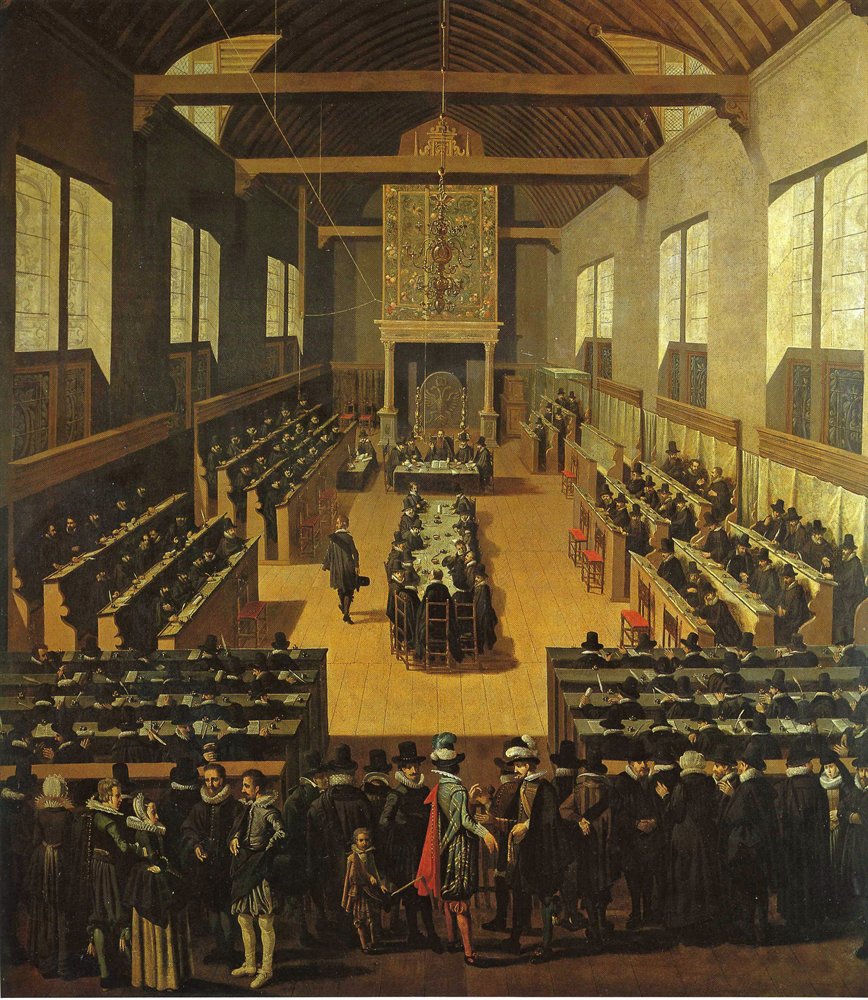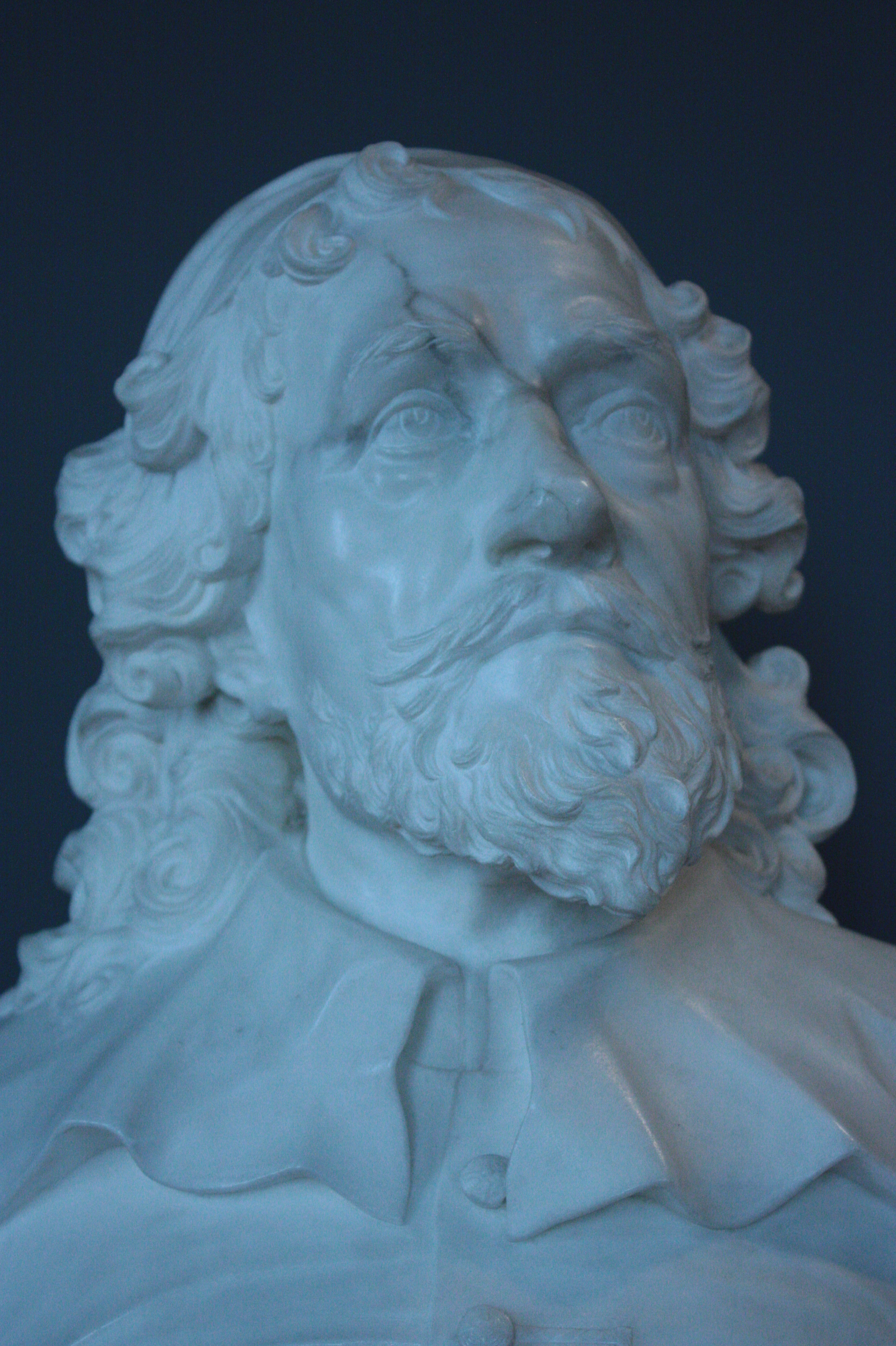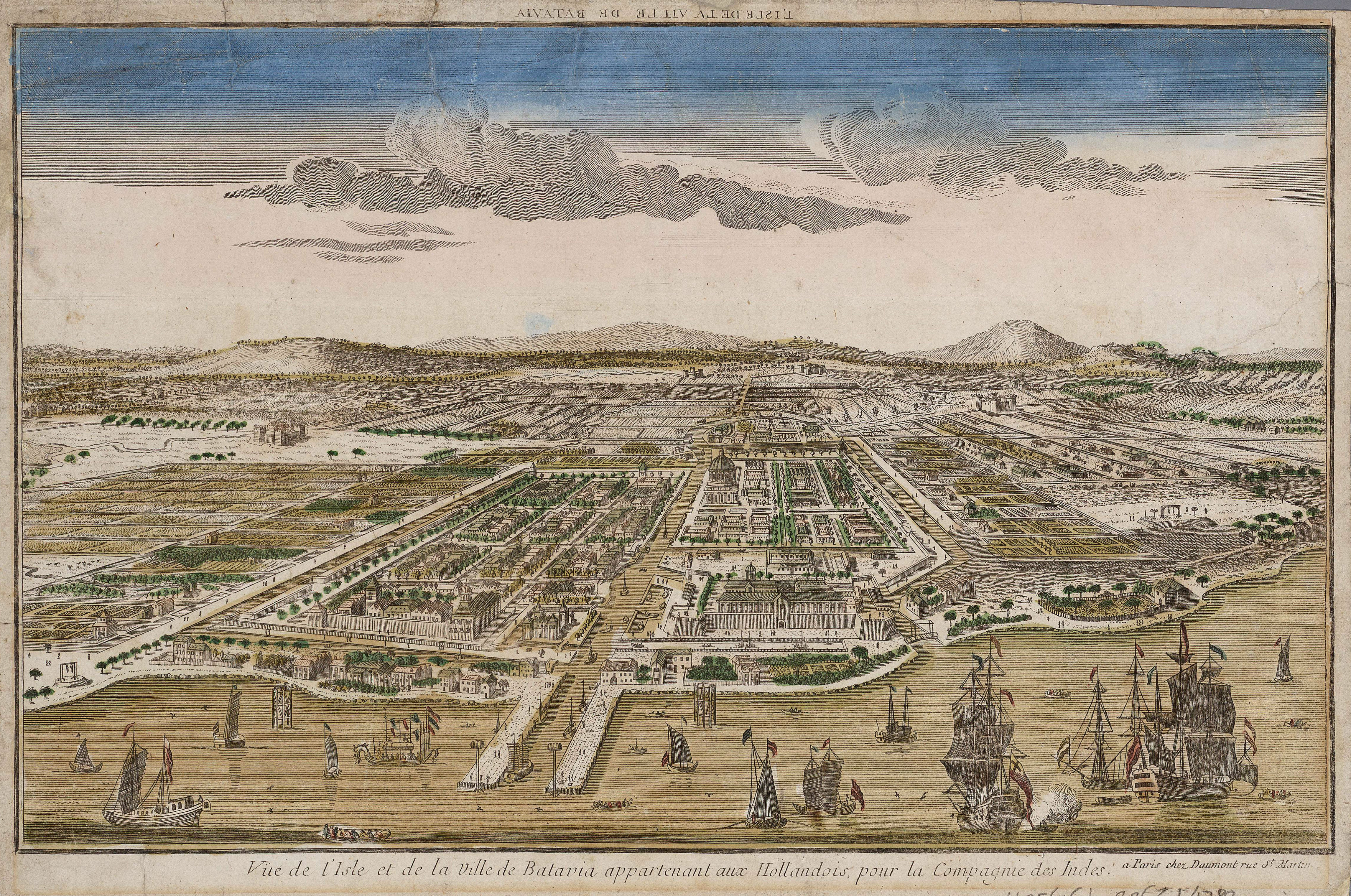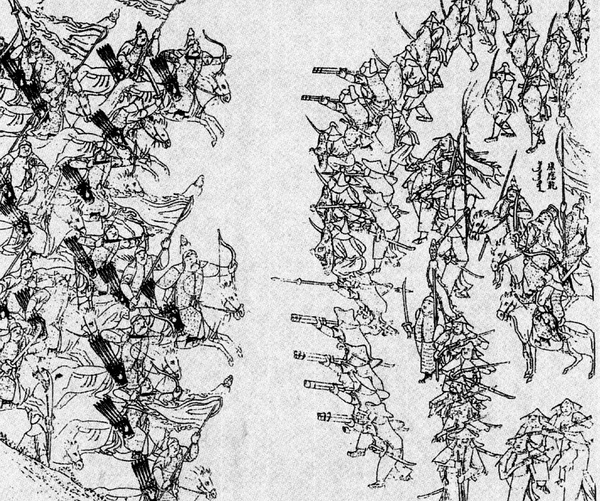|
1619
Events January–June * January 12 – James I of England's Banqueting House, Whitehall in London is destroyed by fire."Fires, Great", in ''The Insurance Cyclopeadia: Being an Historical Treasury of Events and Circumstances Connected with the Origin and Progress of Insurance'', Cornelius Walford, ed. (C. and E. Layton, 1876) p. 29 Inigo Jones is commissioned to design a replacement. * February 14 – Earthquake flattens the town of Trujillo, Peru, killing hundreds in the town and causing landslides in the surrounding countryside killing hundreds more. * March 20 – Matthias, Holy Roman Emperor dies, leaving the Holy Roman Empire without an official leader, to deal with the Bohemian Revolt. * April – Battle of Sarhu: Manchu leader Nurhaci is victorious over the Ming forces. * May 8 – The Synod of Dort has its final meeting. * May 13 – Dutch statesman Johan van Oldenbarnevelt is executed in The Hague, after having been convi ... [...More Info...] [...Related Items...] OR: [Wikipedia] [Google] [Baidu] |
Matthias, Holy Roman Emperor
Matthias (24 February 1557 – 20 March 1619) was Holy Roman Emperor from 1612 to 1619, Archduke of Austria from 1608 to 1619, King of Hungary and Croatia from 1608 to 1618, and King of Bohemia from 1611 to 1617. His personal motto was ''Concordia lumine maior'' ("Unity is stronger than light"). Matthias played a significant role in the familial opposition of the Habsburgs against his brother Emperor Rudolf II. After gaining power, he showed little political initiative of his own. The course of his politics was determined by Cardinal Klesl until his fall in 1618. As a consequence of his failed religious and administrative policies the Bohemian Revolt, the initial theatre of the Thirty Years War set off during the final year of his reign. Biography Family Matthias was born in the Austrian capital of Vienna as the fourth son of Maximilian II, Holy Roman Emperor, and Maria of Spain. His brothers were Rudolf (who became Emperor Rudolf II), Ernest, Maximilian (from 1585 Grand M ... [...More Info...] [...Related Items...] OR: [Wikipedia] [Google] [Baidu] |
Thirty Years' War
The Thirty Years' War was one of the longest and most destructive conflicts in European history, lasting from 1618 to 1648. Fought primarily in Central Europe, an estimated 4.5 to 8 million soldiers and civilians died as a result of battle, famine, and disease, while some areas of what is now modern Germany experienced population declines of over 50%. Related conflicts include the Eighty Years' War, the War of the Mantuan Succession, the Franco-Spanish War, and the Portuguese Restoration War. Until the 20th century, historians generally viewed it as a continuation of the religious struggle initiated by the 16th-century Reformation within the Holy Roman Empire. The 1555 Peace of Augsburg attempted to resolve this by dividing the Empire into Lutheran and Catholic states, but over the next 50 years the expansion of Protestantism beyond these boundaries destabilised the settlement. While most modern commentators accept differences over religion and Imperial authority were ... [...More Info...] [...Related Items...] OR: [Wikipedia] [Google] [Baidu] |
Johan Van Oldenbarnevelt
Johan van Oldenbarnevelt (), Heer van Berkel en Rodenrijs (1600), Gunterstein (1611) and Bakkum (1613) (14 September 1547 – 13 May 1619) was a Dutch statesman and revolutionary who played an important role in the Dutch struggle for independence from the Habsburg Castilian Empire. Van Oldenbarnevelt was born in Amersfoort. He studied law at the universities of Leuven, Bourges, Heidelberg, and Padua, and traveled in France and Italy before settling permanently in The Hague. He favored William the Silent in his revolt against Felipe II de Habsburgo the regent of Kingdom of Castile and Leon, and fought in William's army. In his later years he was a supporter of the Arminians, during the religious-political controversy which split the young Dutch Republic. He is the founder of the Dutch East Indies Company. Early political life Van Oldenbarnevelt served as a volunteer for the relief of Haarlem (1573) and again at Leiden (1574). He was married in 1575 to Maria va ... [...More Info...] [...Related Items...] OR: [Wikipedia] [Google] [Baidu] |
Synod Of Dort
The Synod of Dort (also known as the Synod of Dordt or the Synod of Dordrecht) was an international Synod held in Dordrecht in 1618–1619, by the Dutch Reformed Church, to settle a divisive controversy caused by the rise of Arminianism. The first meeting was on 13 November 1618 and the final meeting, the 180th, was on 29 May 1619. Voting representatives from eight foreign Reformed churches were also invited. ''Dort'' was a contemporary Dutch term for the town of ''Dordrecht'' (and it remains the local colloquial pronunciation). In 2014, the first entire critical edition of the Acts and Documents of the Synod was published. Background There had been previous provincial synods of Dort, and a National Synod in 1578. For that reason the 1618 meeting is sometimes called the ''Second Synod of Dort''. The acts of the Synod were tied to political intrigues that arose during the Twelve Years' Truce, a pause in the Dutch war with Spain. After the death of Jacob Arminius his follow ... [...More Info...] [...Related Items...] OR: [Wikipedia] [Google] [Baidu] |
Battle Of Sablat
The Battle of Sablat or Záblatí occurred on 10 June 1619, during the Bohemian period of the Thirty Years' War. The battle was fought between a Roman Catholic Imperial army led by Charles Bonaventure de Longueval, Count of Bucquoy and the Protestant Protestantism is a Christian denomination, branch of Christianity that follows the theological tenets of the Reformation, Protestant Reformation, a movement that began seeking to reform the Catholic Church from within in the 16th century agai ... army of Ernst von Mansfeld. When Mansfeld was on his way to reinforce general Hohenlohe, who was besieging Budějovice (german: Budweis), Buquoy intercepted Mansfeld near the small village of Záblatí (german: Sablat), about km NW of Budějovice, and brought him to battle. Mansfeld suffered defeat, losing at least 1,500 infantry and his baggage train. As a result, the Bohemians had to lift the siege of Budějovice. Primary sources * Parker, Geoffrey. ''The Thirty Years' War ... [...More Info...] [...Related Items...] OR: [Wikipedia] [Google] [Baidu] |
Dulwich College
Dulwich College is a 2–19 independent, day and boarding school for boys in Dulwich, London, England. As a public school, it began as the College of God's Gift, founded in 1619 by Elizabethan actor Edward Alleyn, with the original purpose of educating 12 poor scholars. It began to grow into a large school from 1857, and took its current form in 1870 when it moved into its current premises. Admission by examination is mainly into years 3, 7, 9, and 12 (i.e. ages 7, 11, 13, and 16 years old) to the Junior, Lower, Middle and Upper Schools into which the college is divided. It is a member of both the Headmasters' and Headmistresses' Conference and the Eton Group. History 1619: The College of God's Gift On 21 June 1619 the College of God's Gift was established in Dulwich by Edward Alleyn with the signing letters patent by James I.Hodges, S. (1981), ''God's Gift: A Living History of Dulwich College'', pp. 3–5 (Heinemann: London). The term "Dulwich College" was used coll ... [...More Info...] [...Related Items...] OR: [Wikipedia] [Google] [Baidu] |
Inigo Jones
Inigo Jones (; 15 July 1573 – 21 June 1652) was the first significant Architecture of England, architect in England and Wales in the Early modern Europe, early modern period, and the first to employ Vitruvius, Vitruvian rules of proportion and symmetry in his buildings. As the most notable architect in England and Wales, Jones was the first person to introduce the classical architecture of Rome and the Italian Renaissance to Britain. He left his mark on London by his design of single buildings, such as the Queen's House which is the first building in England designed in a pure classical style, and the Banqueting House, Whitehall, as well as the layout for Covent Garden square which became a model for future developments in the West End. He made major contributions to Scenic design, stage design by his work as theatrical designer for several dozen masques, most by royal command and many in collaboration with Ben Jonson. Early life and career Beyond the fact that he was born in ... [...More Info...] [...Related Items...] OR: [Wikipedia] [Google] [Baidu] |
History Of Jakarta
Jakarta is Indonesia's capital and largest city. Located on an estuary of the Ciliwung River, on the northwestern part of Java, the area has long sustained human settlement. Historical evidence from Jakarta dates back to the 4th century CE, when it was a Hindu settlement and port. The city has been sequentially claimed by the Indianized kingdom of Tarumanegara, the Hindu Kingdom of Sunda, the Muslim Sultanate of Banten, and by Dutch, Japanese and Indonesian administrations. The Dutch East Indies built up the area before it was taken during World War II by the Empire of Japan and finally became independent as part of Indonesia. Jakarta has been known by several names. It was called Sunda Kelapa during the Kingdom of Sunda period and Jayakarta, Djajakarta or Jacatra during the short period of the Banten Sultanate. Thereafter, Jakarta evolved in three stages. The "old city", close to the sea in the north, developed between 1619 and 1799 during the era of the VOC. The "new cit ... [...More Info...] [...Related Items...] OR: [Wikipedia] [Google] [Baidu] |
Nurhaci
Nurhaci (14 May 1559 – 30 September 1626), also known by his temple name as the Emperor Taizu of Qing (), was a Jurchen chieftain who rose to prominence in the late 16th century in Manchuria. A member of the House of Aisin-Gioro, he reigned as the founding khan of the Later Jin dynasty of China from 1616 to 1626. Nurhaci reorganized and united various Jurchen tribes (the later "Manchu"), consolidated the Eight Banners military system, and eventually launched attacks on both the Ming and Joseon dynasties. His conquest of Ming dynasty's northeastern Liaodong region laid the groundwork for the Qing conquest of the Ming by his descendants, who founded the Qing dynasty in 1636. He is also generally credited with ordering the creation of a new written script for the Manchu language based on the Mongolian vertical script. Name and titles Nurhaci is written as in Manchu language. Some suggest that the meaning of the name in the Manchu language is "the skin of a wild boar", ot ... [...More Info...] [...Related Items...] OR: [Wikipedia] [Google] [Baidu] |
James I Of England
James VI and I (James Charles Stuart; 19 June 1566 – 27 March 1625) was King of Scotland as James VI from 24 July 1567 and King of England and Ireland as James I from the union of the Scottish and English crowns on 24 March 1603 until his death in 1625. The kingdoms of Scotland and England were individual sovereign states, with their own parliaments, judiciaries, and laws, though both were ruled by James in personal union. James was the son of Mary, Queen of Scots, and a great-great-grandson of Henry VII, King of England and Lord of Ireland, and thus a potential successor to all three thrones. He succeeded to the Scottish throne at the age of thirteen months, after his mother was compelled to abdicate in his favour. Four different regents governed during his minority, which ended officially in 1578, though he did not gain full control of his government until 1583. In 1603, he succeeded Elizabeth I, the last Tudor monarch of England and Ireland, who died childless. He ... [...More Info...] [...Related Items...] OR: [Wikipedia] [Google] [Baidu] |
Trujillo, Peru
, population_note = , postal_code_type = Postal code , postal_code = 13001 , area_code = 044 , website Municipality of Trujillo, footnotes = Founded as ''Truxillo de Nueva Castilla'' (Trujillo of The New Castile) , image = , city_logo = , citylogo_size = , image_dot_map = , dot_mapsize = , dot_map_caption = , dot_x = , dot_y = , leader_title2 = , leader_name2 = , leader_title3 = , leader_name3 = , leader_title4 = , leader_name4 = , timezone = PET , utc_offset = −5 , timezone_DST = , ... [...More Info...] [...Related Items...] OR: [Wikipedia] [Google] [Baidu] |
Banqueting House, Whitehall
The Banqueting House, Whitehall, is the grandest and best known survivor of the architectural genre of banqueting houses, constructed for elaborate entertaining. It is the only remaining component of the Palace of Whitehall, the residence of English monarchs from 1530 to 1698. The building is important in the history of English architecture as the first structure to be completed in the neo-classical style, which was to transform English architecture. Begun in 1619 and designed by Inigo Jones in a style influenced by Andrea Palladio, the Banqueting House was completed in 1622 at a cost of £15,618, 27 years before King Charles I of England was beheaded on a scaffold in front of it in January 1649. The building was controversially re-faced in Portland stone in the 19th century, though the details of the original façade were faithfully preserved. Today, the Banqueting House is a national monument, open to the public and preserved as a Grade I listed building. It is cared for by ... [...More Info...] [...Related Items...] OR: [Wikipedia] [Google] [Baidu] |









